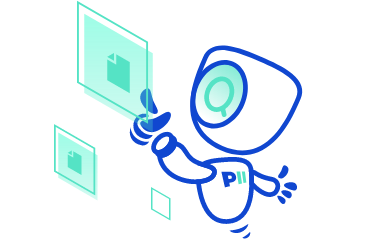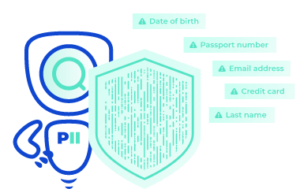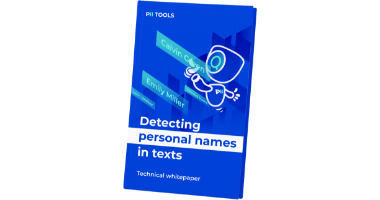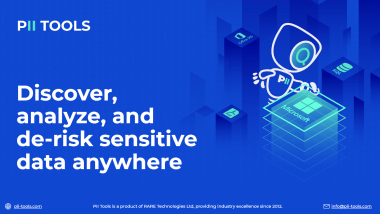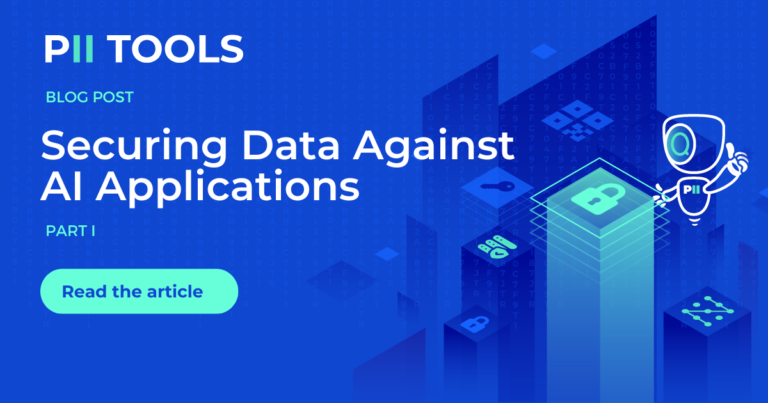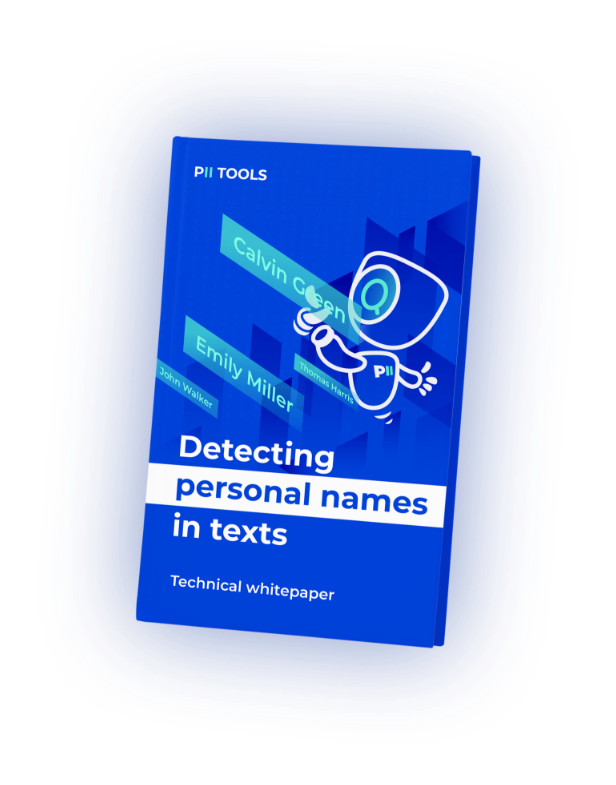This two-part mini-series explores the often dangerous world of uploading data and how to avoid all relevant risk factors. Part 1 discusses the major hazards of files containing sensitive data being uploaded to AI-assisted internal systems.
Uploading At-Risk Data & AI Assistants
Over 400 million terabytes of data are created worldwide every day. As incomprehensible as that may seem, most companies are mainly focused on the data coming in. That’s because every file, either uploaded by employees or clients, comes with inherent risks.
An uploaded file could feature sensitive data, PII, PCI, or PHI that now anyone with access to the storage folder can see. This is a classic scenario rife with potential data leaks, regulatory non-compliance penalties, and slow, inefficient data scanning workflows.
This classic scenario aside, however, there’s a greater risk to sensitive data today than ever before. And that’s the use of AI assistants (e.g., ChatGPT, Microsoft Copilot, etc.) within companies’ internal systems.
This is a popular trend as businesses train their employees to use AI to streamline their work. AI assistants help them draft emails, create slideshows, brainstorm ideas, and write code. So, what’s the downside?
Too often, these AI assistants are gaining full access to sensitive data when improving all these internal processes. Remember: if something is free, then you’re the product.

Source: Bloomberg
AI Data Protector
The answer to this new risk is to deploy the AI Data Protector. This tool is a PII detection API that automatically screens every file as it’s uploaded to your system.
AI models, including those using reinforcement learning techniques, rely on high-quality input data. AI Data Protector ensures that all sensitive information is detected and classified BEFORE it reaches your AI systems.
This is an especially useful perk in today’s AI-driven world. A great example is any company using its stored data to train an AI model for its custom system. AI programs require large datasets before they can work efficiently.
And that’s where AI Data Protector comes in handy, as it scans and classifies sensitive and potentially at-risk data, allowing businesses to maintain compliance and data security.
Uploading without AI Data Protector
Simply put, uploading sensitive corporate data into a system actively training or deploying third-part AI is incredibly risky. Not only are there standard data regulations to comply with, but there’s also the chance of giving away company secrets or potential data leaks.
AI Data Protector works to avoid these hidden crises by discovering and classifying sensitive data. It gives users four crucial options to “clean up” data before any AI models can get their hands on it. The options are to erase, quarantine, encrypt, and redact sensitive and at-risk data.
And since AI Data Protector works automatically, your internal workflows won’t take a hit to any upload times. You can continue to upload data and use it to train AI models like before, only now with the peace of mind that these very same models can’t datamine your business or lead to regulatory non-compliance.
More Benefits in Part 2
There is so much to be gained by integrating AI Data Protector into your standard workflow.
Make sure to check out Part 2 in this series to discover its other benefits and gain insight into the intricacies of how such software discovers and flags at-risk data automatically. All that and more in the next installment in this series.
Secure Your Sensitive Data from AI Models with the PII Tools AI Data Protector!
